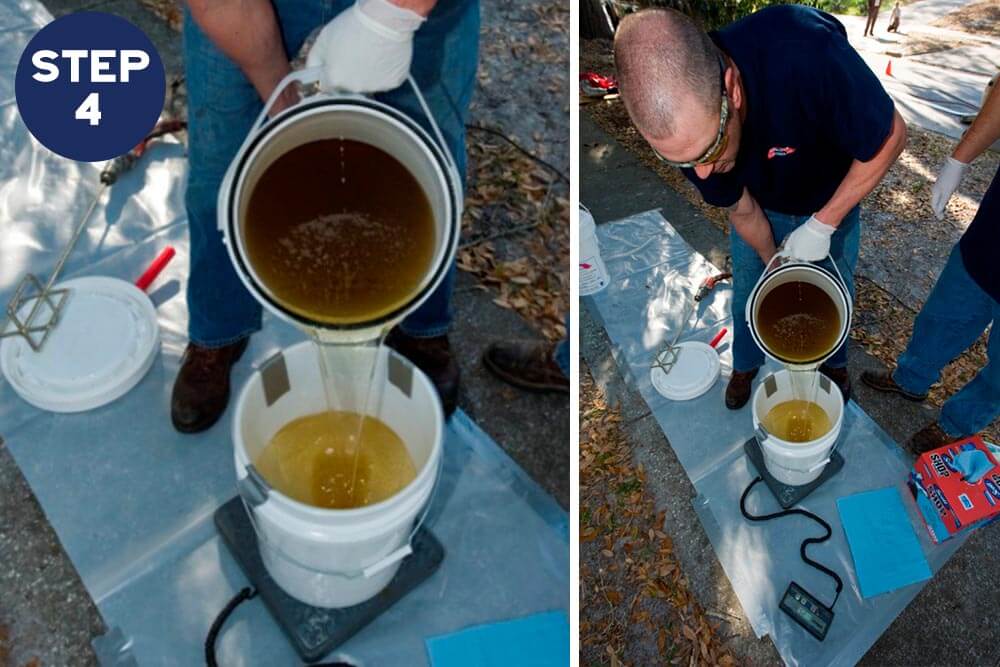What Is Cured In Place Pipelining (CIPP)?
A resin-saturated felt tube made of polyester, fiberglass cloth or a number of other materials suitable for resin impregnation, is inverted or pulled into a damaged pipe. It is usually done from the upstream access point (manhole or excavation). It is possible to invert the liner upstream (e.g. from the downstream access point) but this carries greater risk. It is possible to install a liner from the downstream access point, upstream to a blind end, however, this carries the highest risk of all the CIPP installation methods. Little to no digging is involved in this trenchless process, making for a potentially more cost-effective and less disruptive method than traditional “dig and replace” pipe repair methods.


Televise The Pipeline
The pipeline is inspected with a camera to find the problem.

Evaluate The Damage & Clean
The pipeline must be cleaned out to remove roots, dirt, debris and any potential objects that could disrupt lining.

Take Measurements

Mix & Measure Resin

Pour Into Liner

Load Into Inverter

Load Into Existing Line

Invert With Air Pressure

Load Into Inverter
The Advantage Is Clear
As a trenchless technology, CIPP does not require excavation to rehabilitate a pipeline that is either leaking or structurally unsound. Depending upon design considerations an excavation may be made, but the liner is often installed through a manhole or other existing access point. CIPP has a smooth interior and no joints. While CIPP can repair a pipe with bends, special design considerations must be taken into account to prevent wrinkling and stretching. CIPP can effectively reduce infiltration and leaks in pipeline systems without digging.
Let's get started


